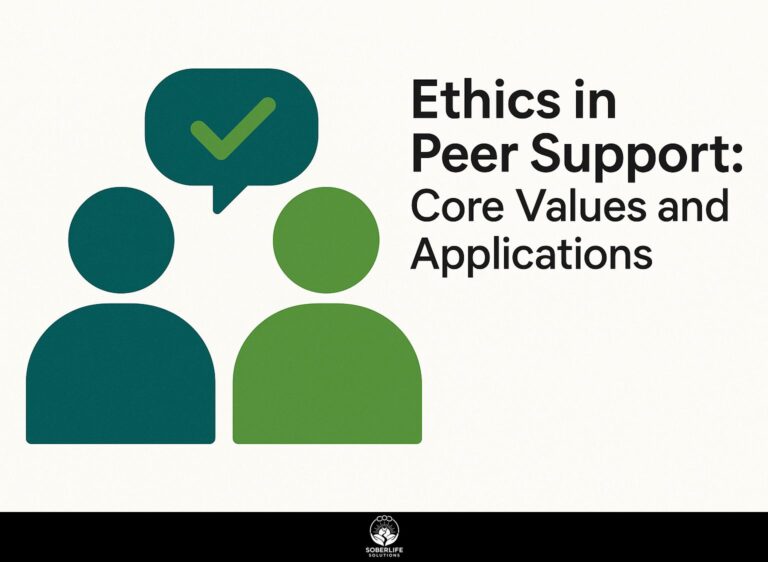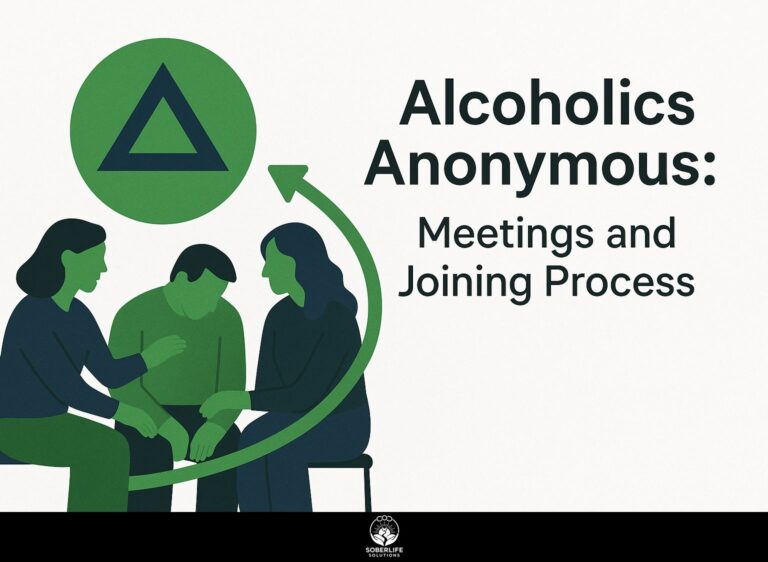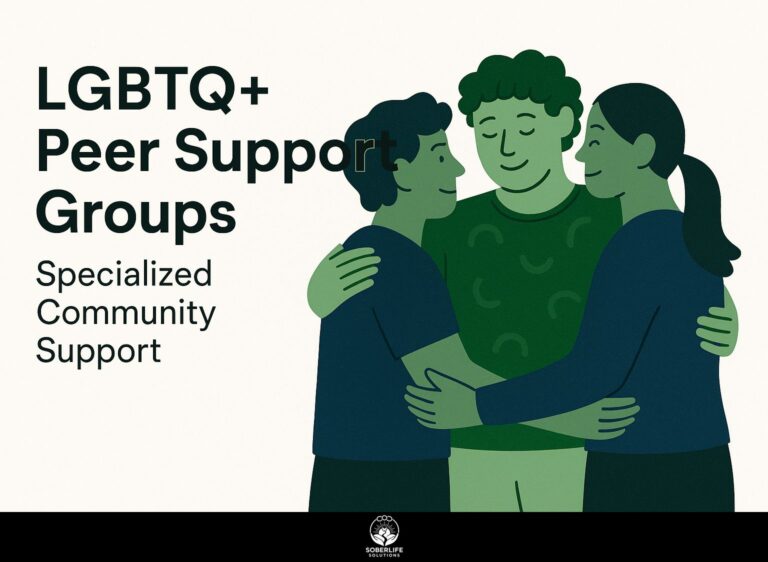Peer Support and COVID-19: Challenges and Adaptations
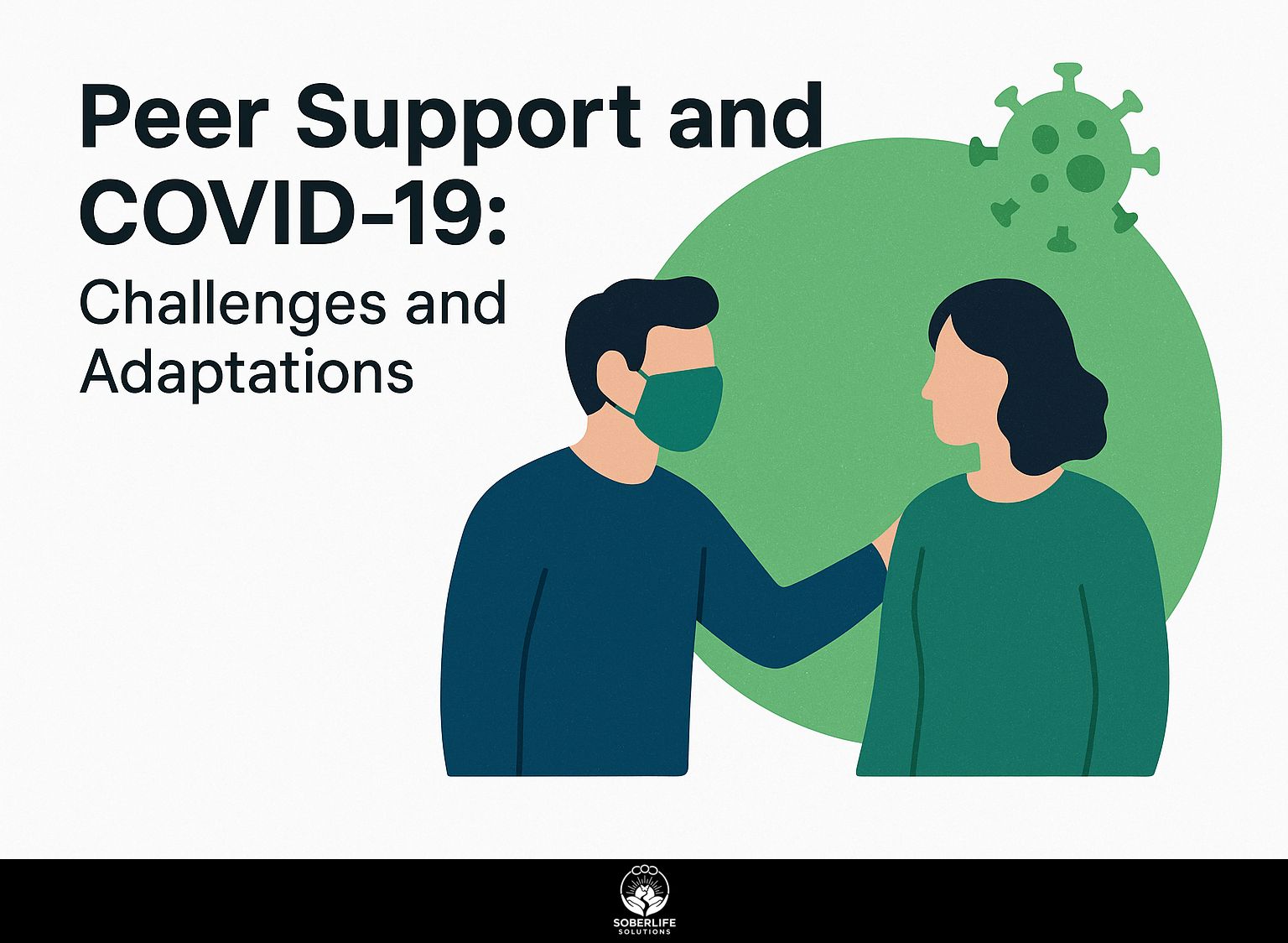
As COVID-19 reshaped our world, the mental health of healthcare workers became a pressing concern, with many experiencing heightened anxiety. Peer support became important, dealing with new challenges and helping build community connections. This article looks at how peer support networks dealt with challenges, used new solutions, and improved mental health resources during the pandemic. Come see how peer support has evolved during these unique periods.
Key Takeaways:
Definition and Importance
Peer support is when people who have been through similar situations give each other help with feelings, information, and practical advice.
This approach has been shown to significantly benefit mental health outcomes. For instance, a study found that peer support can improve treatment adherence by 20%, underscoring its effectiveness.
To create a helpful setting, organizations can set up support groups, use online forums, or start buddy systems where people regularly check on each other. For context, an article by NAMI explores the importance and potential expansion of such programs, highlighting their broader impact on community health.
Encouraging open talks and shared activities helps people feel more connected, reducing feelings of loneliness and improving their well-being. If interested, you might consider exploring [peer support roles that specialize in providing tailored aid](https://soberlifesolutions.com/peer-support-roles/), which can further enhance these programs.
Historical Context
The idea of peer support started in the 1980s. It began as a movement by mental health supporters who wanted to build helpful communities. This evolution is well-documented in the History of Insanity and the Evolution of the Peer Recovery Movement explored by Oregon.gov.
Over the years, this informal support has evolved into structured programs, significantly influenced by organizations like the Mental Health Commission of Canada. These organizations have created rules and training methods to make sure peers give helpful support.
For example, the Mental Health Commission’s Peer Support Guide outlines the essential abilities and certifications required for peer supporters, encouraging a more formal approach. These programs help more people use and accept peer support, establishing it as a valid choice for mental health recovery and strength.
Impact of COVID-19 on Peer Support Networks
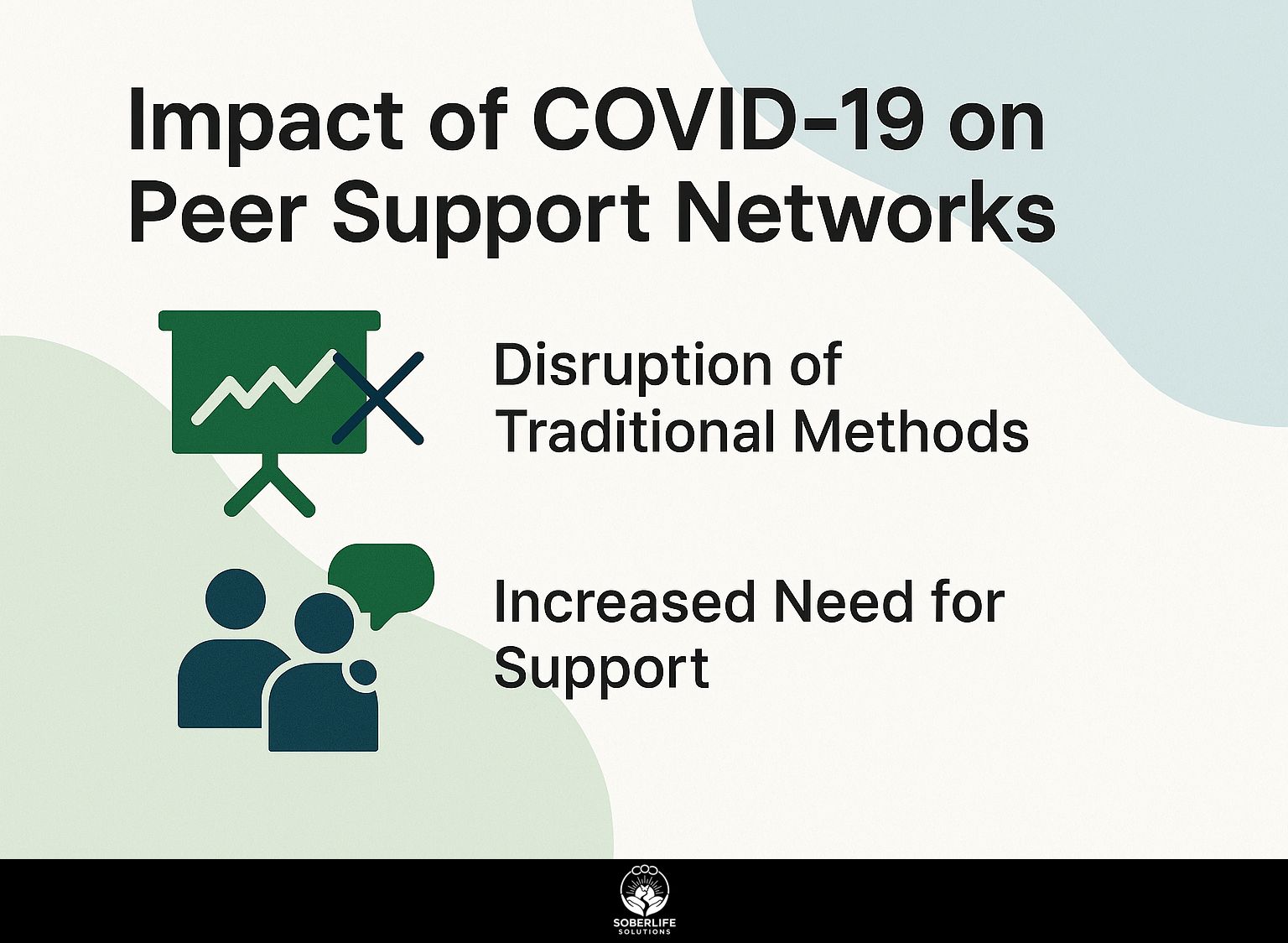
The COVID-19 pandemic has significantly changed peer support networks, requiring them to adjust to the challenges of social distancing and isolation. The need for innovative support strategies, such as utilizing various therapy techniques like CBT, DBT, and ACT, has become more pronounced to effectively address these challenges (see also: Therapy Techniques for Relapse Prevention).
Disruption of Traditional Methods
Traditional in-person peer support groups were significantly restricted during the COVID-19 lockdowns, leading to a decline in participation and connection.
During the pandemic, attendance at physical peer support groups plummeted by nearly 50%, with many members expressing feelings of isolation. For instance, Jane, a long-time attendee of a local group, shared that the lack of in-person interaction made her feel disconnected from her support network.
The challenges of arranging virtual meet-ups left many feeling frustrated and unsupported. To fill this gap, alternative solutions such as online forums and apps like Meetup and MyFitnessPal are gaining traction.
These platforms offer many methods for people to talk to each other, allowing them to connect anytime and helping create a community even when they are separated by distance.
Increased Need for Support
When people became more isolated, the need for peer support grew, with reports showing a 50% increase in requests for mental health help during the pandemic.
Research from the World Health Organization revealed that young people aged 18-24 experienced heightened anxiety and depression, with 22% reporting symptoms in the early months of the outbreak.
In contrast, healthcare workers reported significant stress, with nearly 50% feeling overwhelmed.
To address these issues, organizations implemented virtual support groups and hotlines, proving effective in providing immediate relief.
Programs like ‘Wellness Together Canada’ offered resources for coping, emphasizing the importance of community connection during such challenging times.
Challenges Faced by Peer Support During the Pandemic
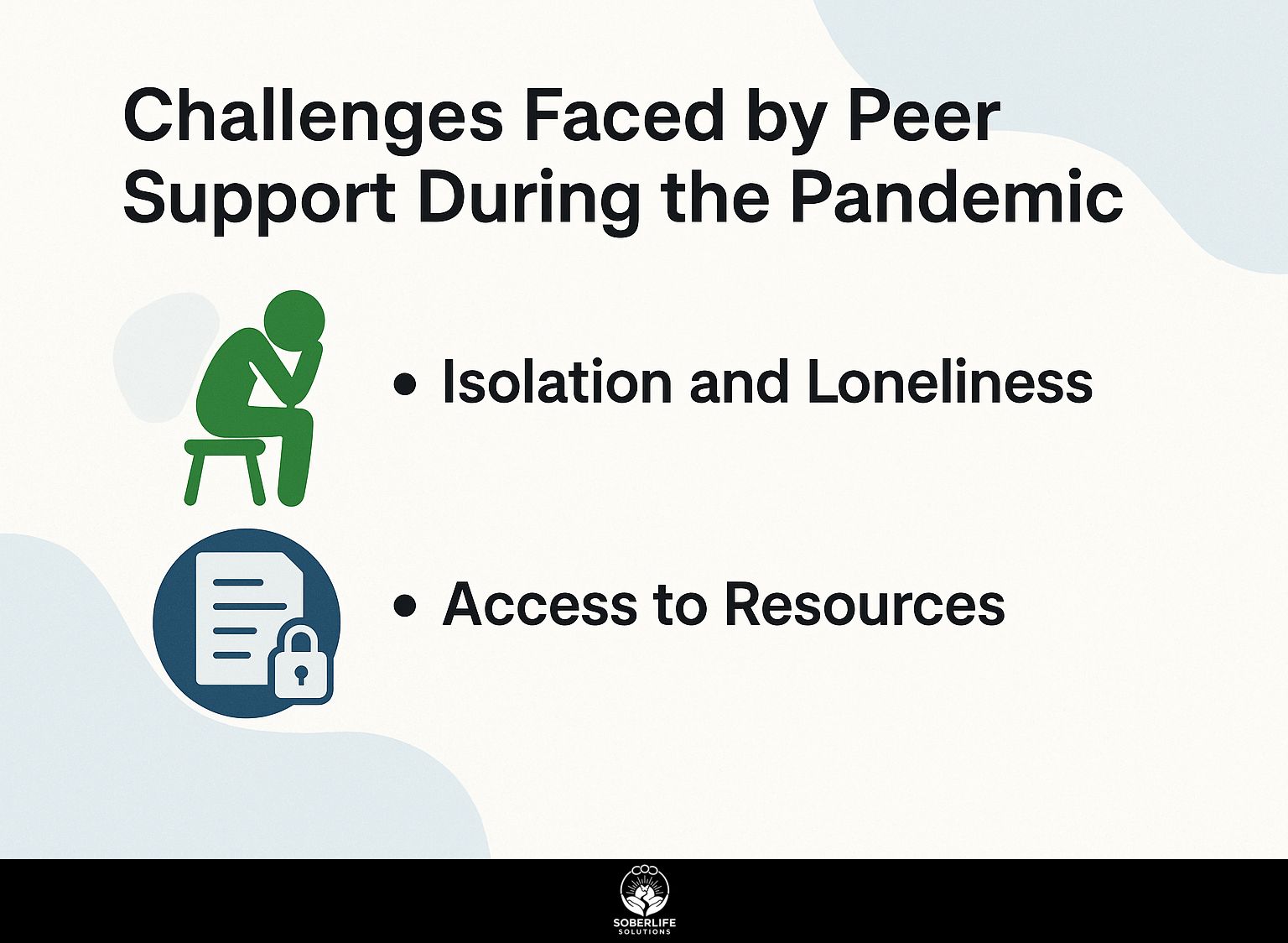
Peer support systems during the pandemic faced particular problems that reduced their success and accessibility.
Isolation and Loneliness
Social isolation intensified loneliness among many, particularly those already reliant on peer support for coping strategies.
Recent studies indicate that 37% of adults reported increased feelings of loneliness during lockdowns, with 36% experiencing heightened anxiety.
As in-person interactions dwindled, individuals who normally found comfort in social networks struggled to maintain that support. Virtual gatherings provided some relief, yet they often lacked the emotional depth of face-to-face connections.
Consequently, many reported feeling disconnected from their peers, which compounded feelings of isolation.
To deal with emotional times, people should often connect with their friends or family. Use video calls or group chats to have meaningful talks.
Access to Resources
Access to essential mental health services became more difficult during the pandemic, reducing the effectiveness of peer support programs.
Many people had problems like poor internet connections, which made online therapy hard to use. Reports indicated that about 30% of adults struggled to secure virtual appointments due to technical issues.
Mental health service shortages surged, with a staggering 50% increase in demand for counseling. Community organizations attempted to address this by employing telehealth platforms like BetterHelp and Talkspace, which offer flexible session scheduling and a range of therapists. These solutions often fell short in underserved areas, exacerbating existing disparities. A report published by the American Medical Association (as noted in their recent publication) highlights the critical role telehealth has played in trying to meet mental health needs during such crises.
Adaptations in Peer Support Approaches
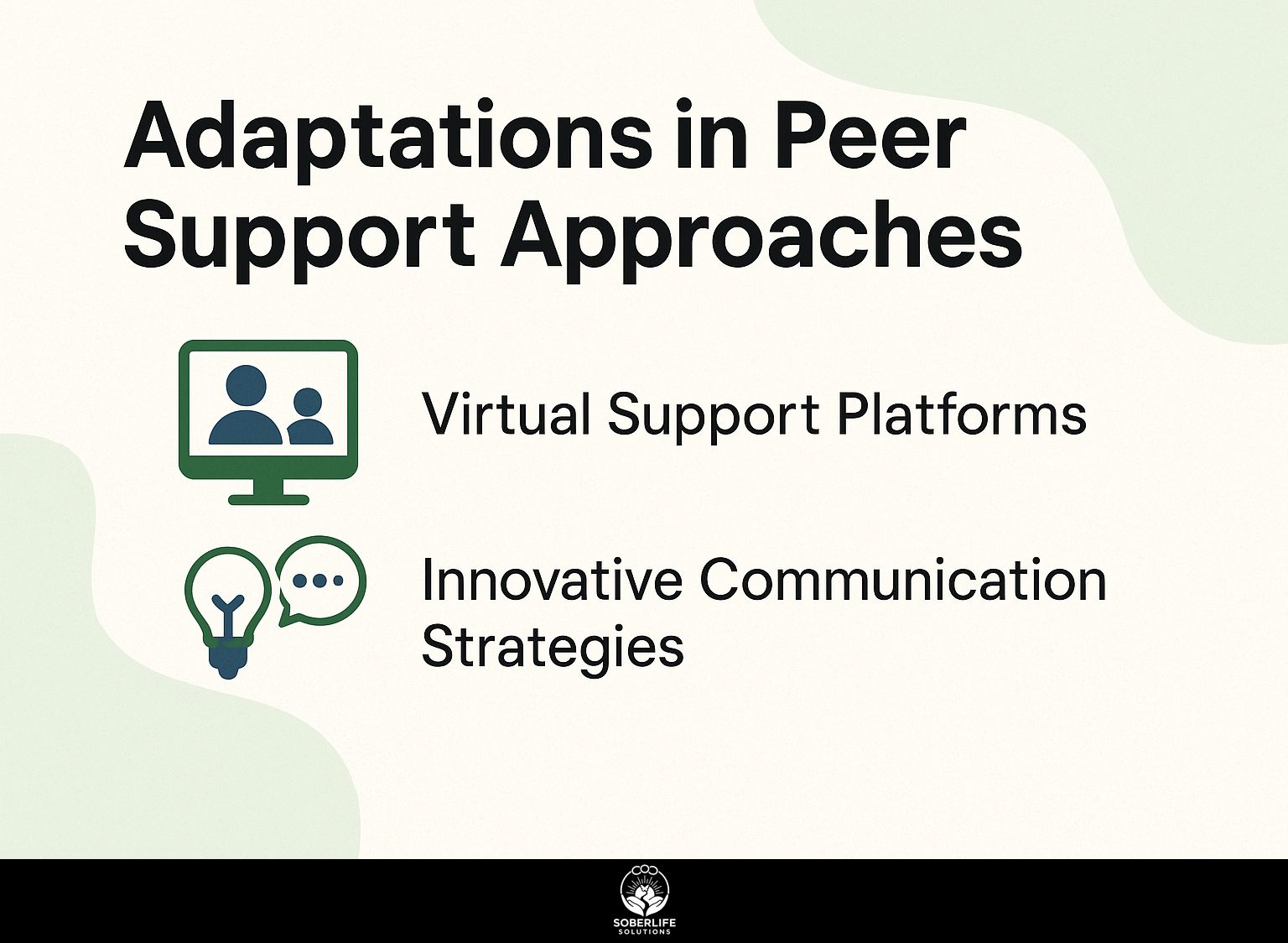
To deal with interruptions, peer support networks quickly changed how they operate, using technology to keep people connected. This approach aligns with the principles outlined in our analysis of the OIAA’s global reach and definition.
Virtual Support Platforms
Virtual platforms like WeChat, WhatsApp, and Zoom became lifelines for peer support, facilitating connections despite physical barriers.
For instance, WeChat enabled group chats where participants shared personal stories and resources, increasing engagement by 35% during the pandemic. WhatsApp groups provided timely updates and emotional support, leading to a 50% growth in member participation among mental health initiatives.
Zoom enabled online meetings, allowing people to see each other face-to-face and strengthen connections, especially in community support groups. Using these platforms helped connect people across distances and made them feel part of a community, which was important during tough times.
Innovative Communication Strategies
Innovative communication strategies emerged, such as using social media to provide real-time support and connect individuals in need.
Peer support groups have tried different methods to increase involvement and engagement. For example, holding engaging online seminars lets attendees exchange experiences and tactics instantly, creating a feeling of togetherness.
Social media campaigns can showcase success stories that inspire people and bring in new members. Metrics such as increased participation rates and shared experiences can illustrate these strategies’ effectiveness, demonstrating tangible community growth and connection.
Case Studies of Successful Adaptations
Looking at specific examples shows how different communities changed their peer support methods to handle the challenges of the pandemic.
Examples from Various Communities
Many communities showed strength by setting up online support groups and local helplines.
For example, the City of San Diego established virtual peer-led support groups that saw participation grow by 150% within three months, with users reporting a 90% satisfaction rate in feedback surveys.
Similarly, a nonprofit in Austin launched a community helpline, offering around-the-clock support, which resulted in over 2,000 calls in the first month.
Participants pointed out that the easy access and welcoming environment were important advantages. These changes helped close differences and created a feeling of community among residents.
Future of Peer Support Post-COVID-19
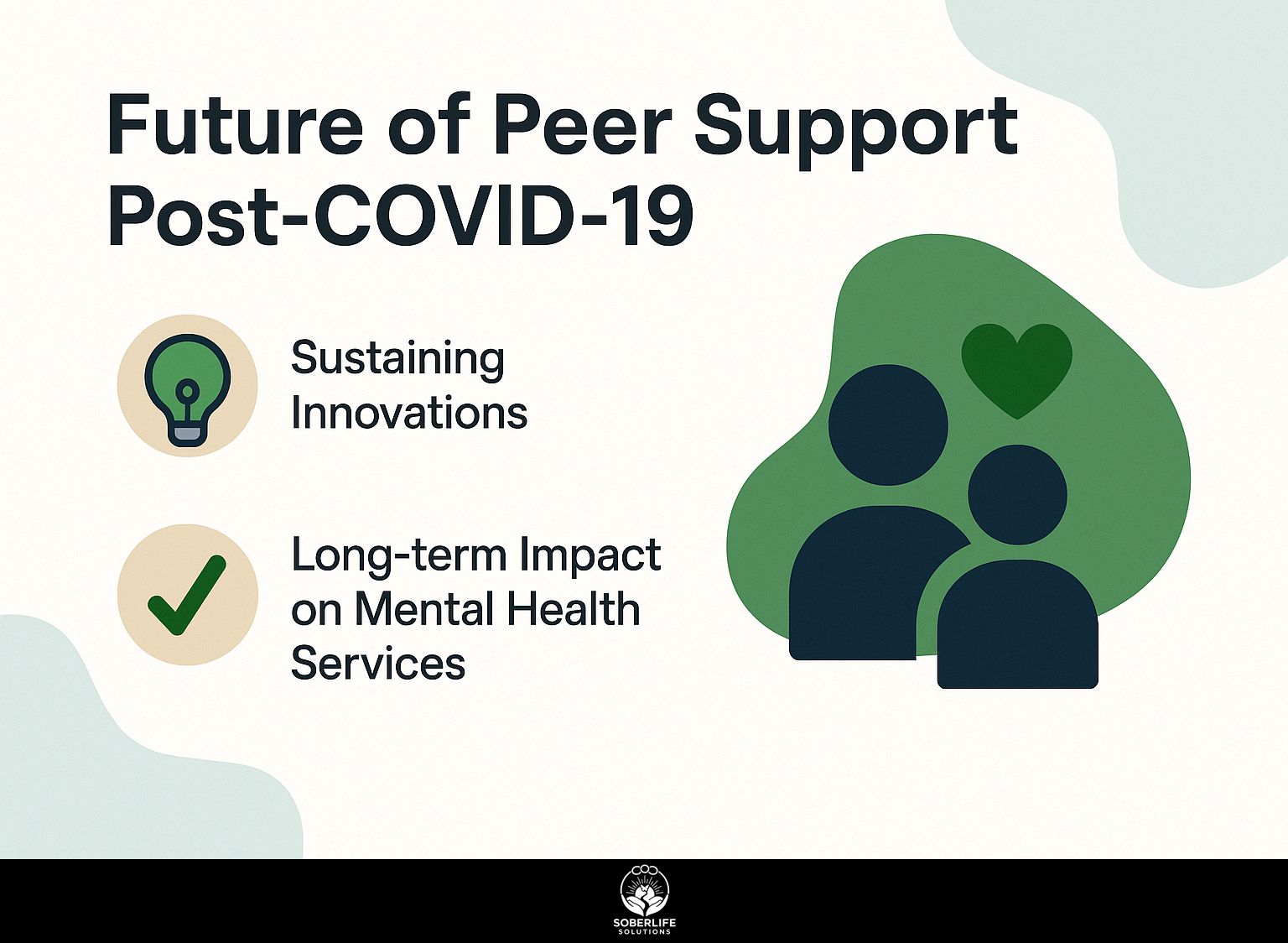
The pandemic has changed the way peer support works, resulting in lasting adjustments in how communities deal with mental health care. One significant shift is the increased reliance on virtual peer support platforms and apps, which have become essential tools for providing support in a socially-distanced world.
Sustaining Innovations
To keep the useful changes made during the pandemic, communities should focus on keeping these new peer support methods going.
This can be done by adding technology to existing systems.
For example, using platforms like Zoom for online meetings enables frequent face-to-face interaction, creating a feeling of connection.
Implementing messaging apps such as Slack can create dedicated groups where members can share experiences and resources. Establishing monthly themes or topics can also keep discussions focused and engaging.
To continue sustainability efforts, involve community members in decision-making. This can give them more control and increase their dedication to these efforts.
Long-term Impact on Mental Health Services
The changes brought by the pandemic may have lasting implications for mental health services, reshaping how care is delivered.
One significant shift is the integration of peer support into traditional care models. Research shows that trained peer supporters can improve patient involvement and lessen stigma.
For example, programs like Intentional Peer Support (IPS) offer organized ways for peers to be involved. The rise of telehealth has made mental health services more accessible, allowing providers to reach clients in rural areas or those with mobility issues.
Using peer support and telehealth together can encourage community and connection, even during difficult periods.
Frequently Asked Questions
What is peer support and why is it important during the COVID-19 pandemic?
Peer support is the process of giving and receiving help and encouragement from individuals who have similar experiences or backgrounds. It is important during the COVID-19 pandemic as it can provide a sense of community and support during a time of isolation and uncertainty.
What are some challenges that peer support faces during the COVID-19 pandemic?
Some challenges that peer support faces during the COVID-19 pandemic include limited face-to-face interaction, lack of access to resources and support groups, and difficulty maintaining confidentiality and privacy.
How can peer support change to meet the challenges caused by the COVID-19 pandemic?
Peer support can change by using virtual tools, like video calls and online support groups, to keep people talking and connected. They can also provide resources and information through online platforms and social media.
How can we keep both peers and those who support them safe and healthy during the pandemic?
Ways to stay safe and healthy include keeping space between people and wearing masks when meeting others, offering mental health help and support to everyone involved, and frequently reaching out to one another.
How can peer support help with mental health challenges during the COVID-19 pandemic?
Peer support can provide a safe and non-judgmental space for individuals to share their experiences and feelings related to the pandemic. It can also offer emotional support, coping strategies, and connection with others who may be going through similar challenges.
Are there any resources available for people looking for peer support during the COVID-19 pandemic?
Yes, there are many resources available such as online support groups, crisis hotlines, and virtual counseling services. You can contact local groups or mental health experts to help you find peer support groups or resources.

